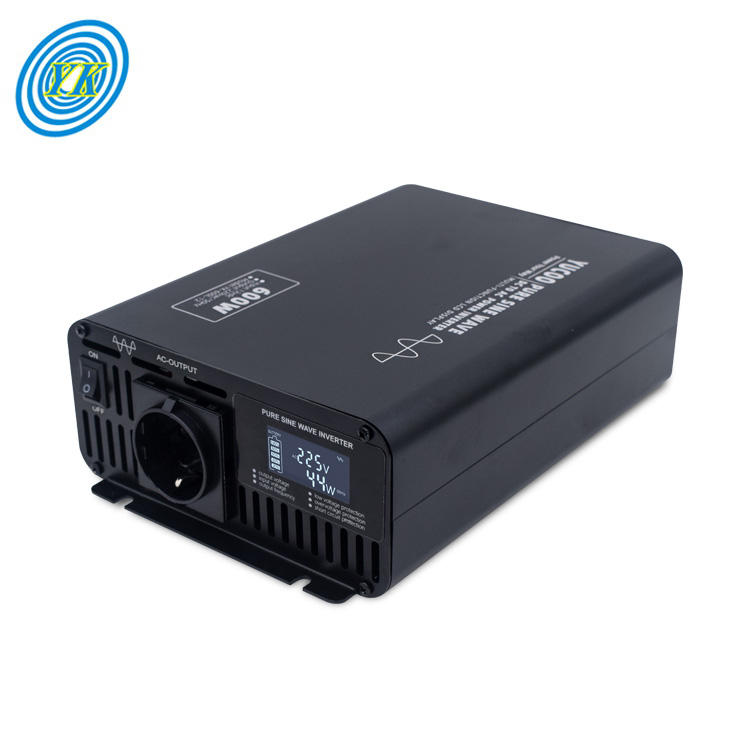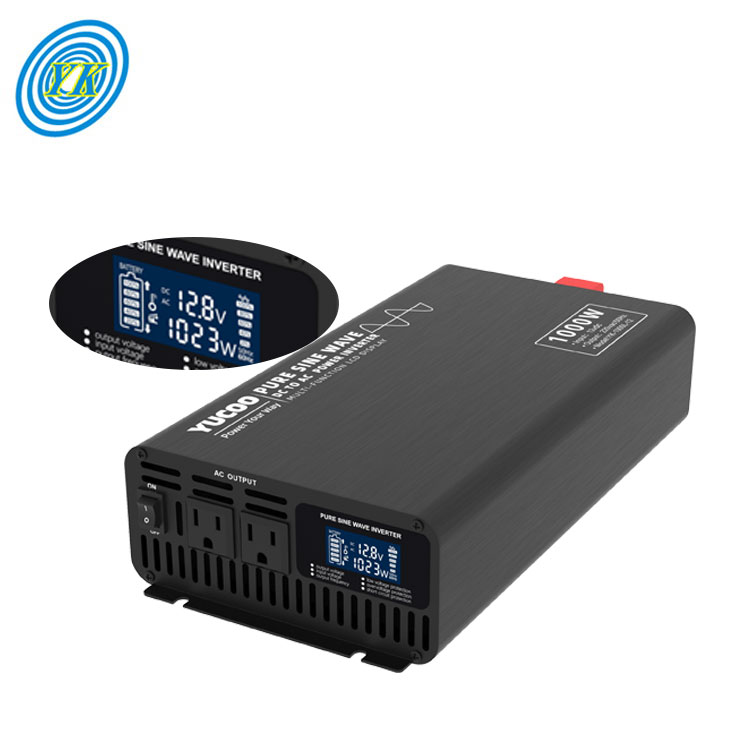News
Inverter Technology
Click: 1268 Date: 06/30/2023 5::15::14 PM
As a key component of renewable energy sources, inverters are widely used in solar and wind energy systems, providing a critical interface between the DC power source and the AC grid Inverters have also become a critical component of uninterruptible power supply (UPS) systems, converting DC battery power into AC power during power outages and blackouts. Furthermore, inverters are used in numerous industrial and consumer applications, ranging from motor drives and electric vehicles to air conditioners and refrigerators.
The basic function of an inverter is to convert
DC power into AC power by manipulating the voltage, frequency and waveform characteristics of the output signal. The most common type of inverter is the pulse width modulation (PWM) inverter, which uses high-frequency switching devices, such as insulated gate bipolar transistors
(IGBTs) or metal-oxide-semiconductor field-effect transistors(MOSFETs), to control the magnitude and duration of the output voltage pulses. By varying the pulse width and frequency the PWM
inverter can generate an AC waveform that closely approximates a sinusoidal waveform. In addition to PWM inverters, other types of inverters include square wave inverters, modified sine wave inverters and pure sine wave inverters. Square wave inverters generate a square wave AC output, which is not suitable for most applications due to its high harmonic content and potential for
electromechanical interference. Modified sine wave inverters generate an AC output that approximates a sine wave, but with lower harmonic distortion and voltage amplitude. However, pure sine wave inverters are the most efficient and reliable, producing a clean, high-quality AC waveform that is nearly identical to utility power. One of the key challenges in inverter design is achieving high efficiency and power density while minimizing cost and size. This requires careful selection of components, such as high-voltage capacitors, magnetic cores, and cooling systems, as well as advanced control algorithms and energy storage systems. In addition, inverters must meet stringent safety and reliability standards, such as UL and lEC certifications, and comply with grid interconnection requirements, such as UL 1741 and IEEE 1547. Overall, inverters are essential for the efficient and reliable operation of renewable energy systems and other applications that require AC power. As technology advances, inverters will continue to play a critical role in the transition to a more sustainable and resilient energy future.

